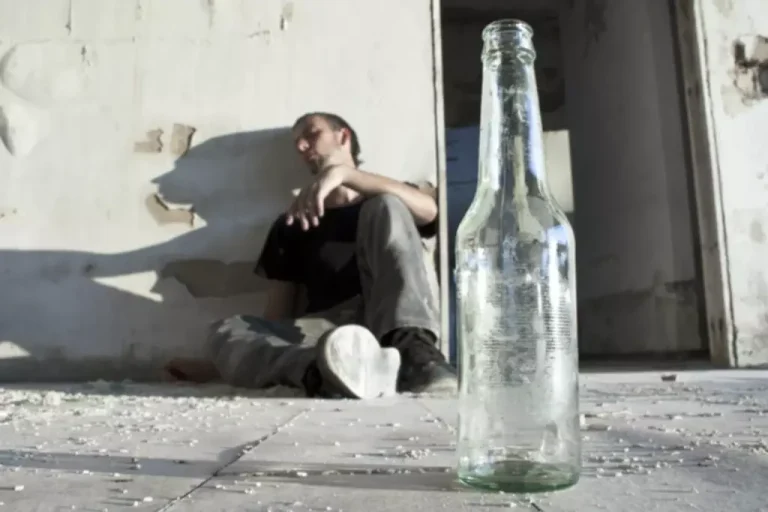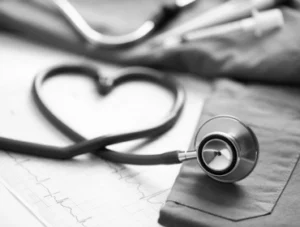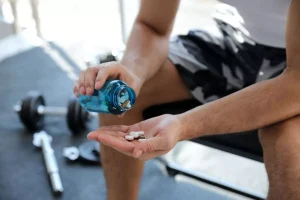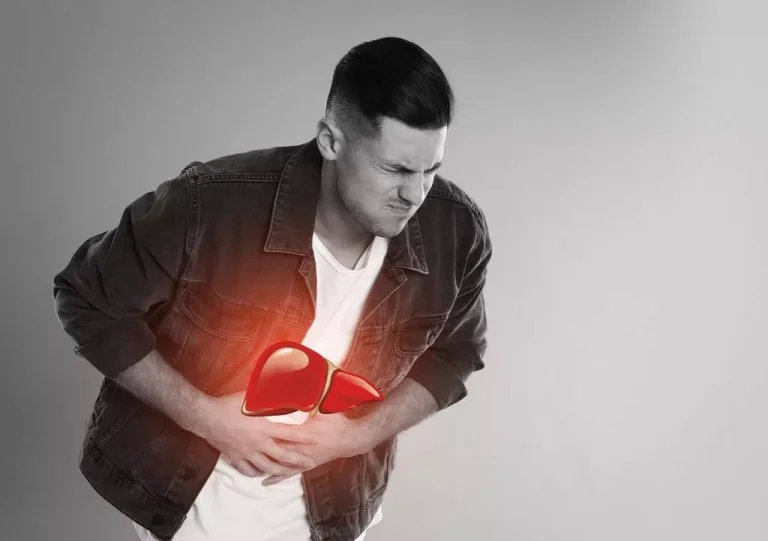
You might miss work, forget to pick up the kids, become irritable, and notice physical signs of alcohol abuse (facial redness, weight gain or loss, sluggishness, stomach bloating). Frequent, uncontrolled alcohol abuse eventually leads to problem drinking. While any form of alcohol abuse is problematic, the term “problem drinker” refers to someone who starts experiencing the impacts of their habit. Between 90 and 100 percent of alcoholics develop a fatty liver, which can progress to cirrhosis. Stopping is impossible at this point without professional help because of the severe and potentially life-threatening withdrawal symptoms that would occur if they quit cold turkey. By this stage, their drinking is taking an obvious physical toll as well.
Signs and Symptoms of Early-Stage Alcoholism

This setting also provides a controlled environment, reducing exposure to triggers that could lead to relapse. Detoxification is a critical initial step in the treatment of alcohol addiction, serving as the gateway to recovery by addressing physical alcohol dependence. SAMHSA’s guidelines emphasize the importance of medically supervised withdrawal to manage the acute and potentially dangerous physiological effects of stopping alcohol use. The end stage of alcoholism is a critical phase that can be life-threatening.
Priory Emotional Wellbeing Programme for children
The primary symptom of stage one is the development of alcohol tolerance. This stage of alcoholism is difficult to notice, five stages of drinking even for the person misusing alcohol. The symptoms can range from mild to severe, depending on the “stage” of alcoholism.
The Stages of Alcoholism: Early, Chronic, and End-Stage

There are numerous resources available, including helplines, treatment centers, and online support groups. By reaching out and taking advantage of these resources, individuals can embark on a journey towards a healthier and alcohol-free life. Individual counseling and therapy can be highly beneficial for individuals dealing with alcoholism. Therapists can help individuals explore the underlying causes of their addiction, develop coping strategies, and address any co-occurring mental health issues that may contribute to alcoholism.
- By understanding more about the stages of alcoholism and seeking professional help when necessary, individuals can take steps towards recovery and a healthier, happier life free from addiction.
- They may include drinking alone, drinking to cope with stress or emotions, neglecting responsibilities in favor of drinking, or experiencing withdrawal symptoms when not drinking.
- It encompasses a range of behaviors from mild to severe addiction and is influenced by genetic, psychological, social, and environmental factors.
- The first stage of alcoholism is known as pre-alcoholism, which is characterized by certain defining characteristics and warning signs.
They may feel like they need alcohol to relax, socialize, or cope with stress. There is higher tolerance and dependence with the most severe physical damage to the body. Individuals in this stage meet at least five to six criteria from the DSM-5 criteria, indicating a significant progression toward severe alcohol use disorder.
Discover 6 life-changing methods to combat boredom in addiction recovery and transform your journey!
- Physical and mental health can play a significant role in preventing relapse after treatment.
- Chronic stage AUD represents a critical phase in the progression of alcoholism.
- People can start their journey toward sobriety by recognizing the signs and symptoms of each stage, seeking timely help, and utilizing the available resources.
However, some individuals may be able to reintroduce moderate drinking into their lives under strict supervision by a healthcare professional. It’s important to work closely with a healthcare provider to determine what level of drinking is safe and appropriate for each individual’s unique circumstances. Understanding the causes of alcoholism can help individuals take steps towards prevention and treatment. By recognizing their own risk factors and seeking help early on, individuals can prevent the disease from progressing and start living a healthier, happier life. The early stage of alcoholism is a critical time when individuals may not even realize that they are developing a problem.

Physical symptoms such as nausea, sweating and tremors may become apparent, especially if you haven’t had a drink. Outlining the four phases of alcohol addiction, including the key signs and potential effects of each stage. Alcoholism not only affects the individual struggling with addiction but also their family members and loved ones.
- Drinking can sometimes become a way for people to relieve stress or escape challenges, which can soon turn into a problematic pattern.
- The National Institute on Alcohol Abuse and Alcoholism states that at least 88,000 deaths occur annually as a direct result of alcohol abuse.
- Childhood trauma, especially in the first few years of life, is a strong predictor of the development of alcoholism.
Health Risks Of Long-Term Alcohol Abuse
Detoxification programs are often the first step in alcoholism treatment. These programs help individuals safely and comfortably withdraw from alcohol while managing potential withdrawal symptoms. Medical supervision and support are crucial during this stage to ensure safety and minimize discomfort.
Uncover the timeline of alcoholism development. From early signs to seeking help, understand its impact over time.

Individuals are on the brink of alcohol use disorder, with drinking firmly rooted in their daily routines. Despite awareness of the adverse effects, there is a struggle to abstain from alcohol. Once a person begins to drink until they pass out, they have entered the second stage of alcoholism. There are over 3 million cases of alcoholism (alcohol use disorder) diagnosed in the United States each year. The National Institute on Alcohol Abuse and Alcoholism states that at least 88,000 deaths occur annually as a direct result of alcohol abuse.












